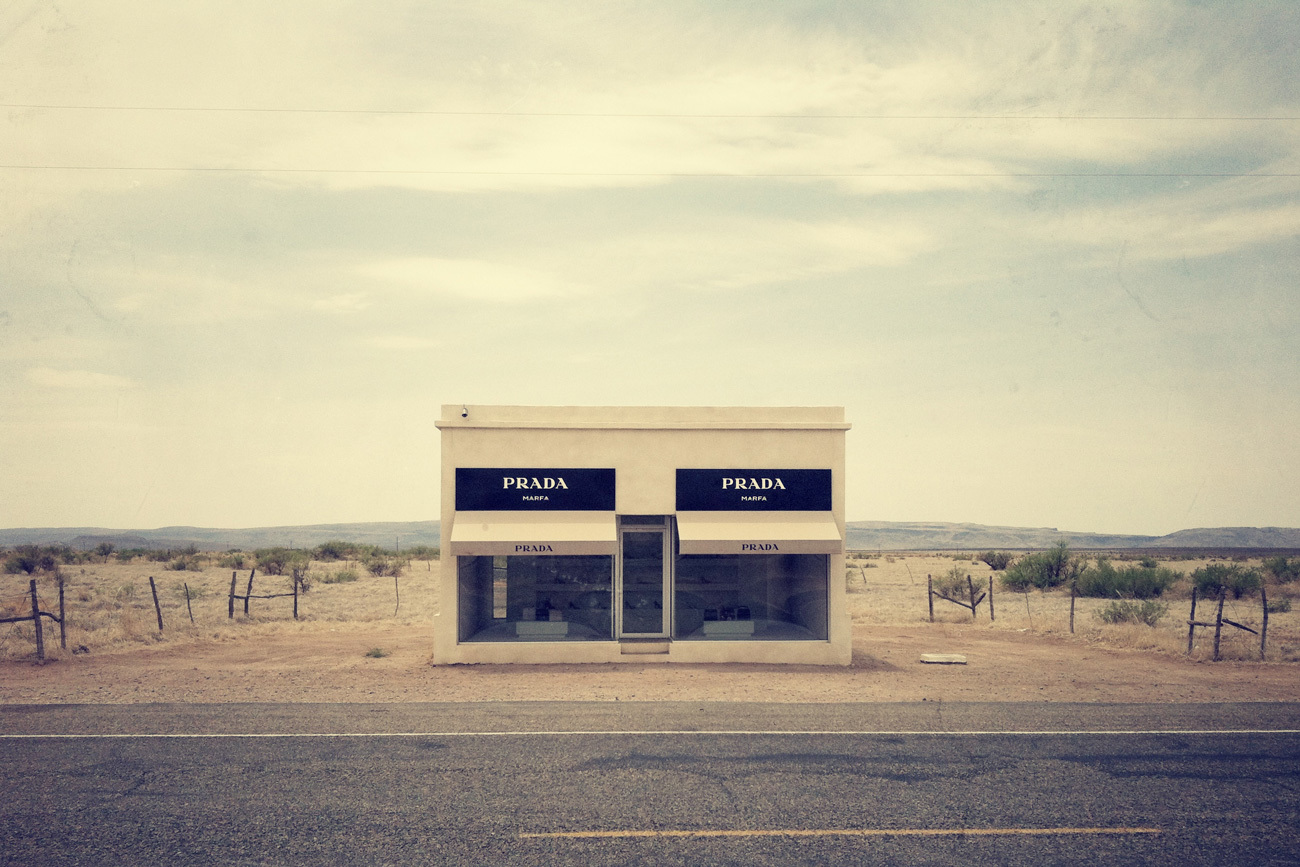Unless you’ve been living under a WiFi-less rock for the past six months, you’ve probably noticed a few changes at Margiela. At creative director John Galliano’s debut show in London—itself a change from the house’s usual Paris slot—the designer made waves when he removed models’ customary masks and came out for a bow following the finale walk. Amidst all these shocking switch-ups, it was easy to miss one other change: Galliano quietly dropped “Martin” from “Maison Martin Margiela,” ushering the avant-garde house into a new era.
An overwhelming majority of fashion’s top labels still bear the names of their founders, but what happens when times change: the designer leaves or the name just sounds off? Of course, Galliano isn’t the first to play the name game: everyone from Hedi Slimane to Ralph Lauren has tinkered with titles. In the wake of MMM’s streamlined new moniker, we did a little digging into the histories of nine other brand names.
Saint Laurent Paris
Hedi Slimane is no saint, but when the designer decided to drop “Yves” from YSL following his appointment as the storied house’s creative director back in 2012, he became fashion’s biggest sinner (Colette even started selling an “Ain’t Laurent Without Yves” T-shirt before the house requested a cease and desist, then promptly cancelled the boutique’s order of their spring/summer 14 collection.) Amidst cries of blasphemy, Slimane explained the name change was actually inspired by one of Yves’ own: in 1966, the designer launched the ready-to-wear line as “Saint Laurent Rive Gauche.” Slimane’s rebranding also pulled from this era visually, opting for a sharp Helvetica inspired by the original logo’s sleek typeface.
MbMJ
Marc Jacobs is never short on a sense of humour, especially when it comes to names: the designer’s “Jacobs by Marc Jacobs for Marc by Marc Jacobs in Collaboration with Marc Jacobs for Marc by Marc Jacobs” tote (seriously) puts a much needed satirical spin on the endless splintering of diffusion lines. In the spring of 2001, Jacobs debuted his secondary line, Marc by Marc Jacobs, one of the most successful diffusions of its kind. Following Katie Hillier and Luella Bartley’s creative takeover in early 2014, Jacobs opted for a streamlined new look, re-dubbing his youthful label simply “MbMJ.”
Prada
Although the ready-to-wear empire has remained all in the family since its founding in 1913, the house originally opened its doors as a leather goods firm named “Fratelli Prada,” or “Prada Brothers.” Although it’s unsure when the name was changed, it probably happened around the time that Mario Prada’s daughter Luisa took the house’s helm (despite the fact that Mario did not believe women should have a role in business.) After taking over for her mother, Miuccia again played the name game in 93 when she launched Prada’s sister brand Miu Miu, its title taken from her own childhood nickname.
Ralph Lauren
Ralph Lauren is undoubtedly one of the most iconic names in fashion, a paragon of Americana since the label’s debut in 67. So it’s the ultimate irony that Lauren’s actual last name was something different entirely: Lifshitz. Having made the switch when he was just 16-years-old, the designer once told Oprah: “My given name has the word ‘shit’ in it.” “When I was a kid, the other kids would make a lot of fun of me. It was a tough name. That’s why I decided to change it.” The rest is seersucker history.
Yohji Yamamoto
Before the Japanese designer debuted his eponymous collection in Paris in 1981, Yohji Yamamoto had already produced under the line “Y’s” as early as 1977. These early designs were launched in Tokyo, before the designer—alongside Rei Kawakubo and Issey Miyake—took the fashion world by storm with their anti-fashion avant-gardism.
Burberry
Founded in 1856 when Thomas Burberry opened his own shop in Hampshire, “Burberry” actually was the store’s original name. Because so many customers around the world kept referring to it as “Burberrys of London,” the company switched to “Burberrys.” When the brand’s Knight Logo was later developed in 1901, the Latin word “Prorsum,” meaning “forward,” was added to the trademark, and has since become the name of the house’s high-fashion division headed up today by Christopher Bailey.
Acne Studios
Originating in Stockholm back in 96, Acne Studios was initially conceived as a branch of the creative collective ACNE, an acronym for “Ambition to Create Novel Expressions.” The original collective focused on film, production, advertising, and graphic design, but in 2006, the coalition branched out into separate entities, including Acne Film, Acne Advertising, and of course, Acne Studios. Despite the confused reception of such an outlandish name at its outset, the industry’s embrace proves that the product speaks for itself. Jonny Johansson’s modest denim project has since become a global fashion powerhouse, presenting menswear and womenswear at Paris Fashion Week.
Balenciaga
Although Balenciaga has kept founder Cristobal Balenciaga’s name intact all throughout its 100 year history, former creative director Nicolas Ghesquiere was one of the first designers to insist on adding his name to the brand. However the days “Balenciaga by Nicolas Ghesquiere” are certainly no more, as the designer still finds himself squaring off against the house. Current creative director Alexander Wang doesn’t insist upon the same personalisation, so for now it’s back to good ol’ Balenciaga.
Tiffany & Co
Although the American luxury jeweller did undergo a name change from its original 1837 moniker “Tiffany, Young and Ellis” to “Tiffany & Company” when Charles Tiffany established the firm’s emphasis on jewellery in 1853, that’s not what landed the iconic blue box on our list. Because Tiffany is one of the first American luxury brand names, it sparked a wave of status-seeking parents (including Donald Trump) actually naming their babies Tiffany in the 80s. This yuppie staple demonstrates just how powerfully luxury brand names can infiltrate mainstream culture.
Credits
Text Emily Manning
Photography Marshall Astor of Prada, Marfa by Elmgreen and Dragset
